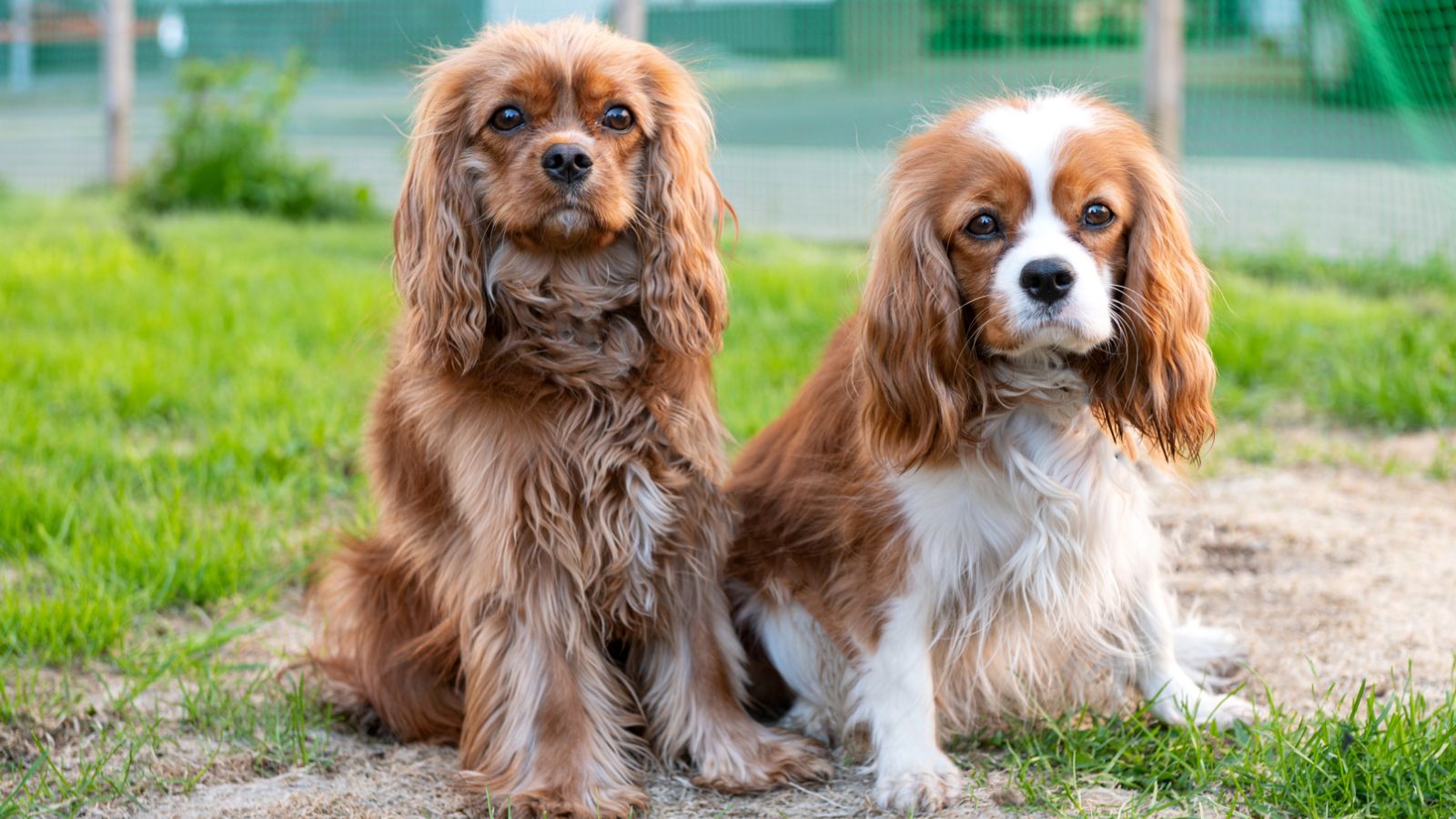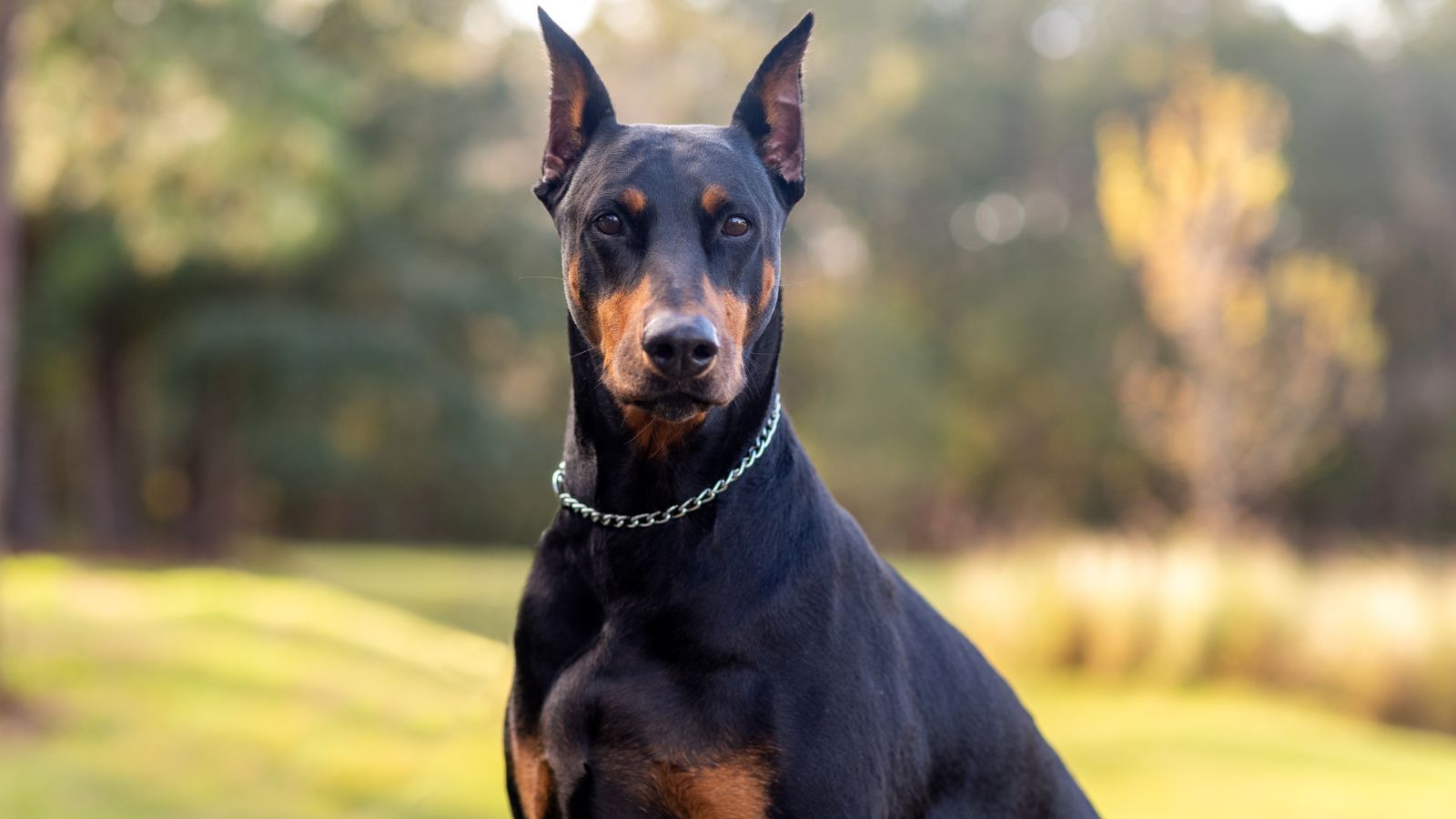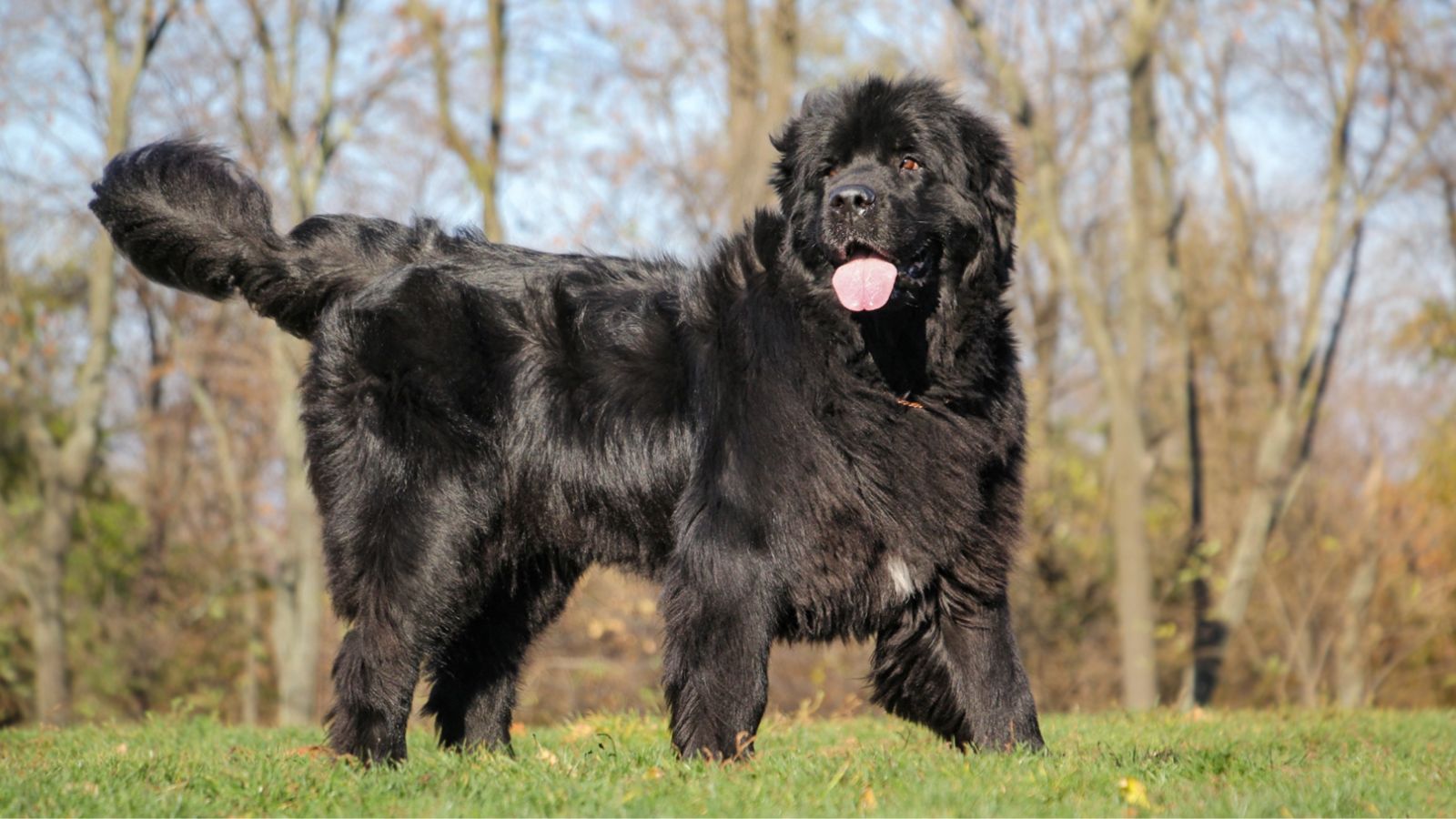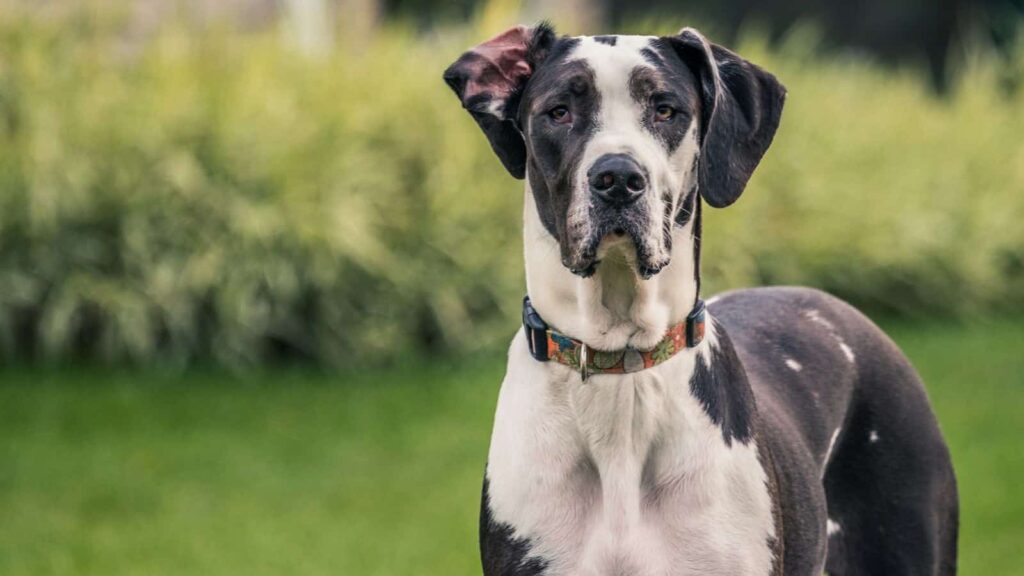To choose the right dog breed for your family, you’ll need to consider factors like your living space, time for care, and whether you have young children. If you’d really prefer to avoid frequent vet visits, you might want to think twice before getting any of these breeds.
English Bulldog

According to Forbes, “English bulldogs, French Bulldogs and Pugs are all considered to be a part of the brachycephalic (flat-faced) breed, which is prone to breathing problems.” Their skin folds can also cause infections if they’re not regularly cleaned to avoid bacterial growth.
Pug

Like English bulldogs, Pugs are prone to developing brachycephalic airway obstructive syndrome, which causes them to snore or find it difficult to breathe. This breed also has very prominent eyes, making them more likely to develop eye conditions that might cause ulcers, dryness, and prolapse.
German Shepherd

These dogs are known for hip and elbow dysplasia, which can cause them to suffer from arthritis and lameness in their older years. German Shepherds are also known for developing degenerative myelopathy, which is an incurable disease that can lead to paralysis.
Labrador Retriever

Due to their large appetites, Labradors are prone to obesity, which can cause them joint problems and cardiac diseases. Country Living says, “Labrador Retrievers are more likely to develop arthritis, stiffness, obesity and ear infections compared with other breeds, vets have warned.”
Boxer

Cancer is particularly common in Boxers, which can affect their lifespan. They are also known for developing heart conditions such as aortic stenosis, where the aorta will begin to narrow and put them at risk of heart failure. Hip dysplasia and other joint issues also mean they can develop arthritis as they age.
Cavalier King Charles Spaniel

It’s common for Cavalier King Charles Spaniels to suffer from a heart condition called mitral valve disease. If left untreated, this can eventually cause heart failure. They are also more likely to develop eye conditions such as cataracts or other retinal problems, which can mean they lose their vision.
Doberman Pinscher

The AKC notes that Dobermans can develop a variety of health conditions, including “hip dysplasia, dilated cardiomyopathy (enlarged heart), von Willebrand’s disease (a clotting disorder), progressive retinal atrophy, albinism, and hypothyroidism.” They can also suffer from wobbler syndrome, a painful neurological disease that affects their neck.
Rottweiler

Unfortunately, Rottweilers are particularly at risk of developing osteosarcoma, an aggressive bone cancer that is difficult to treat. They also suffer from bloating, where the stomach will swell. Sometimes, this causes the stomach to twist, which cuts off the blood supply and can be fatal.
French Bulldog

Like many other brachycephalic breeds, Frenchies often have difficulty breathing due to the fact that they have fairly restricted airways. Their dwarfed stature also means they are prone to spinal issues such as herniated discs and sometimes paralysis. These issues can have a big impact on their quality of life.
Great Dane

Great Danes often develop bloating, which can become fatal if the stomach twists and goes untreated. This breed also often develops a heart condition called dilated cardiomyopathy, leading to decreased heart function and potentially ending in heart failure. As with many other breeds, hip dysplasia can also cause problems in Great Danes.
Dachshund

Their uniquely long backs mean Dachshunds are prone to intervertebral disk disease, which can cause pain, nerve damage, and even paralysis. As a result, the PDSA recommends you “make sure the parents of your puppy have had the relevant health screening to reduce the chances of your puppy being affected by certain conditions.”
Cocker Spaniel

Having long, floppy ears means that Cocker Spaniels commonly get ear infections due to the fact that they trap moisture as they run through long grass. They are also prone to eye diseases, including progressive retinal atrophy, which can eventually lead to blindness if it goes untreated.
Shar Pei

The chunky folds in a Shar Pei’s skin mean they can develop chronic skin conditions, turning into infections unless they are regularly cleaned and maintained. There is also a condition unique to this breed called familial Shar Pei fever, which causes fevers and painful swelling around their ankles.
Chow Chow

Chow Chows are at risk of developing entropion, a condition where their eyelids fold inward, causing irritation and damage to the eye. This often needs surgery to fix. Their dense fur and unique genetics also make them more likely to suffer from skin infections and autoimmune diseases.
Saint Bernard

Due to their large size, Saint Bernards often develop bloat, which can be fatal if it isn’t treated by a vet immediately. Their rapid growth also means hip and elbow dysplasia are common, which sometimes needs surgery to correct to ensure they are comfortable.
Newfoundland

Sadly, Newfoundlands are at high risk of a heart condition called subaortic stenosis. If this goes untreated or is severe within the dog, it can cause sudden death. Owners also need to ensure they are fed little and often to prevent bloating due to their deep chests, which puts them at higher risk.
Chihuahua

Chihuahuas have small mouths, meaning their teeth are often overcrowded. As a result, they can develop dental problems that need treatment to prevent tooth loss or gum disease. They are also particularly vulnerable to patella luxation, a condition where their kneecaps will slip out of place, making it painful to walk.







